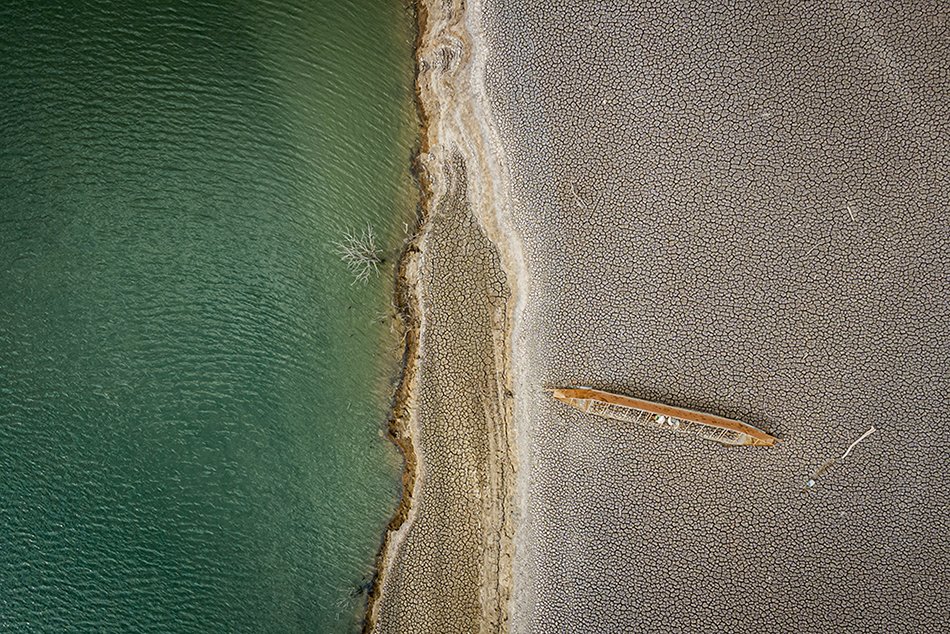
What we’re calling the “cost-of-living crisis” contains something far more sinister. The surge in prices over the past 18 months has been largely due to the aftershocks of Covid-19 and Russia’s invasion of Ukraine. Both pushed up the cost of energy and – because Russia and Ukraine are two of the world’s largest agricultural exporters – the war also inflated food prices.
But, increasingly, what we are seeing is the impact of climate change. We are experiencing this most directly as higher prices, though actual shortages are also occurring. We are being forced to adapt, chaotically, to a world undergoing severe ecological stress. This is not a cost-of-living crisis but a cost-of-adaptation crisis.



